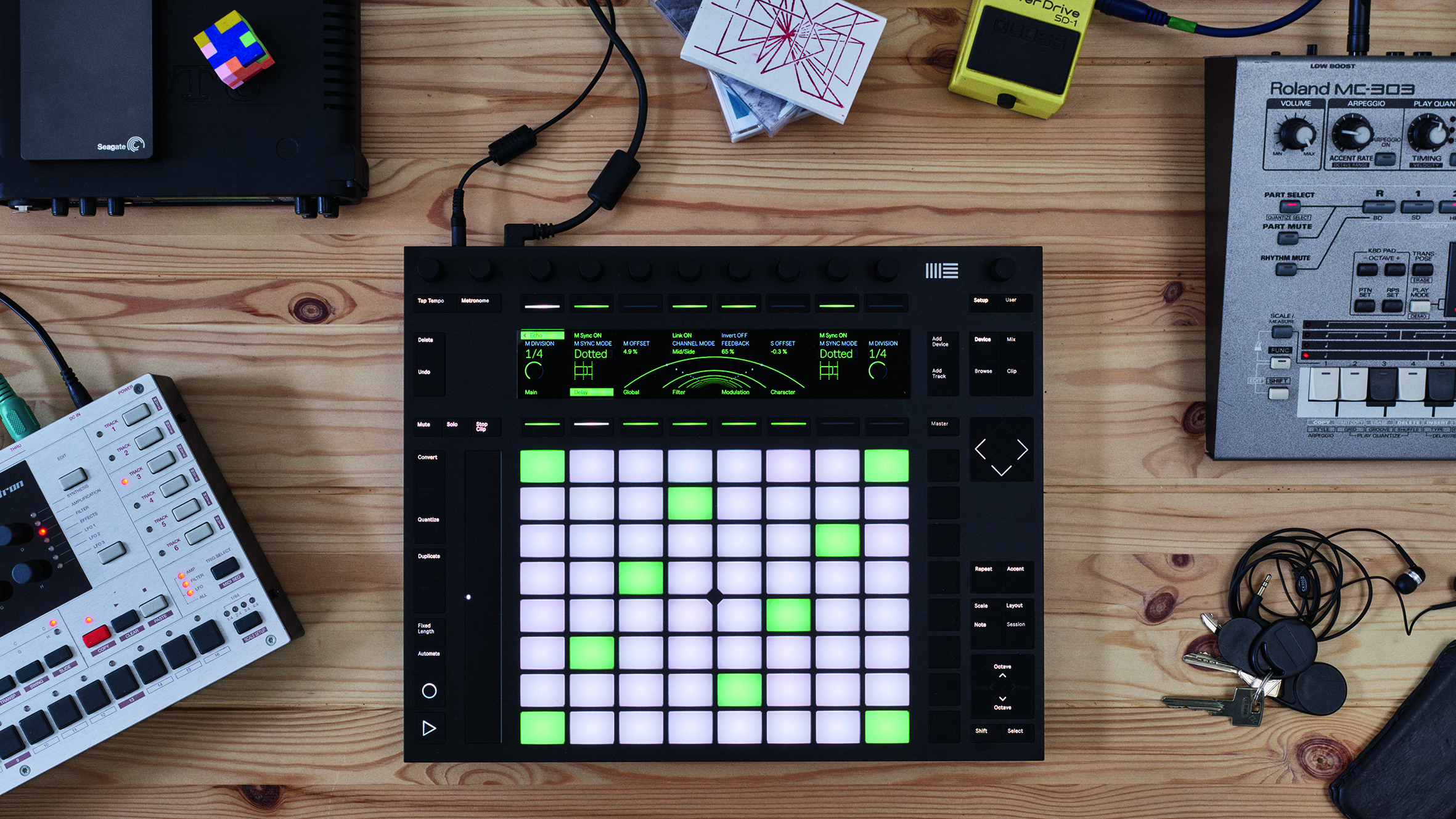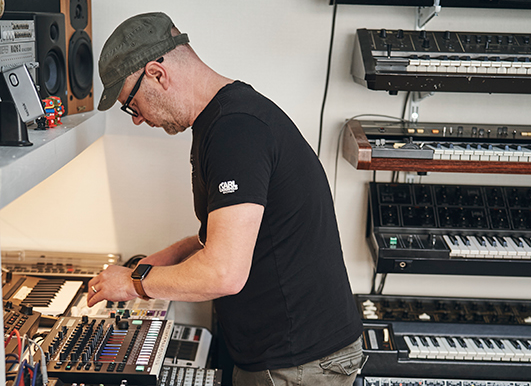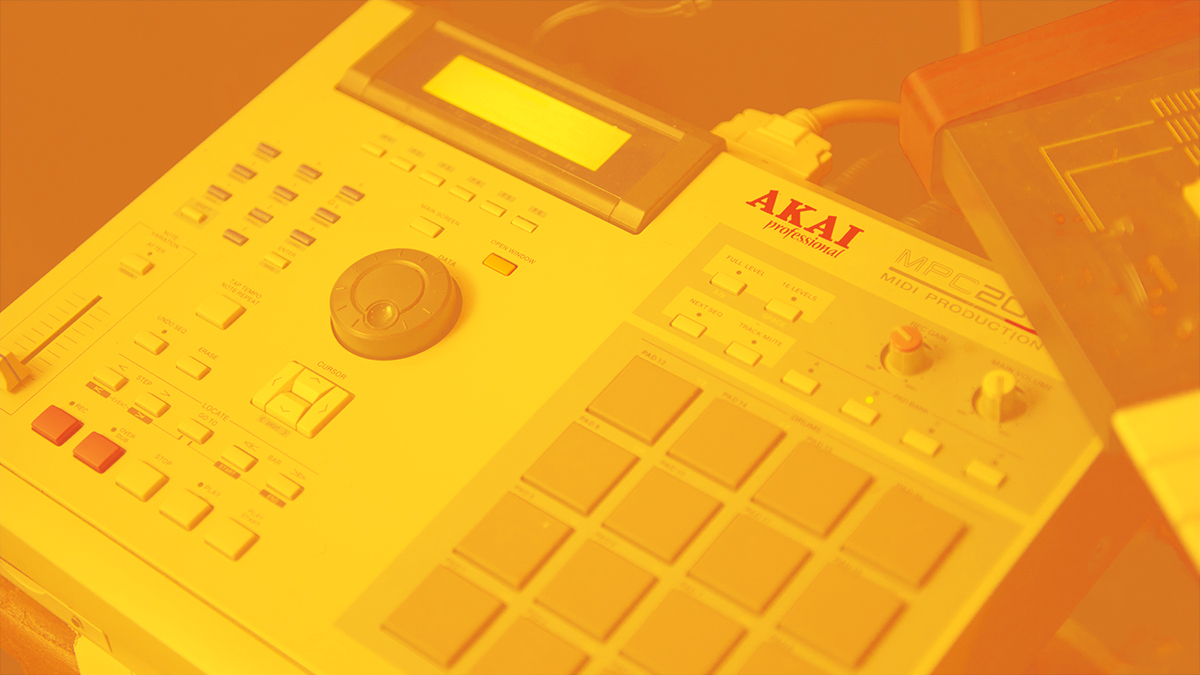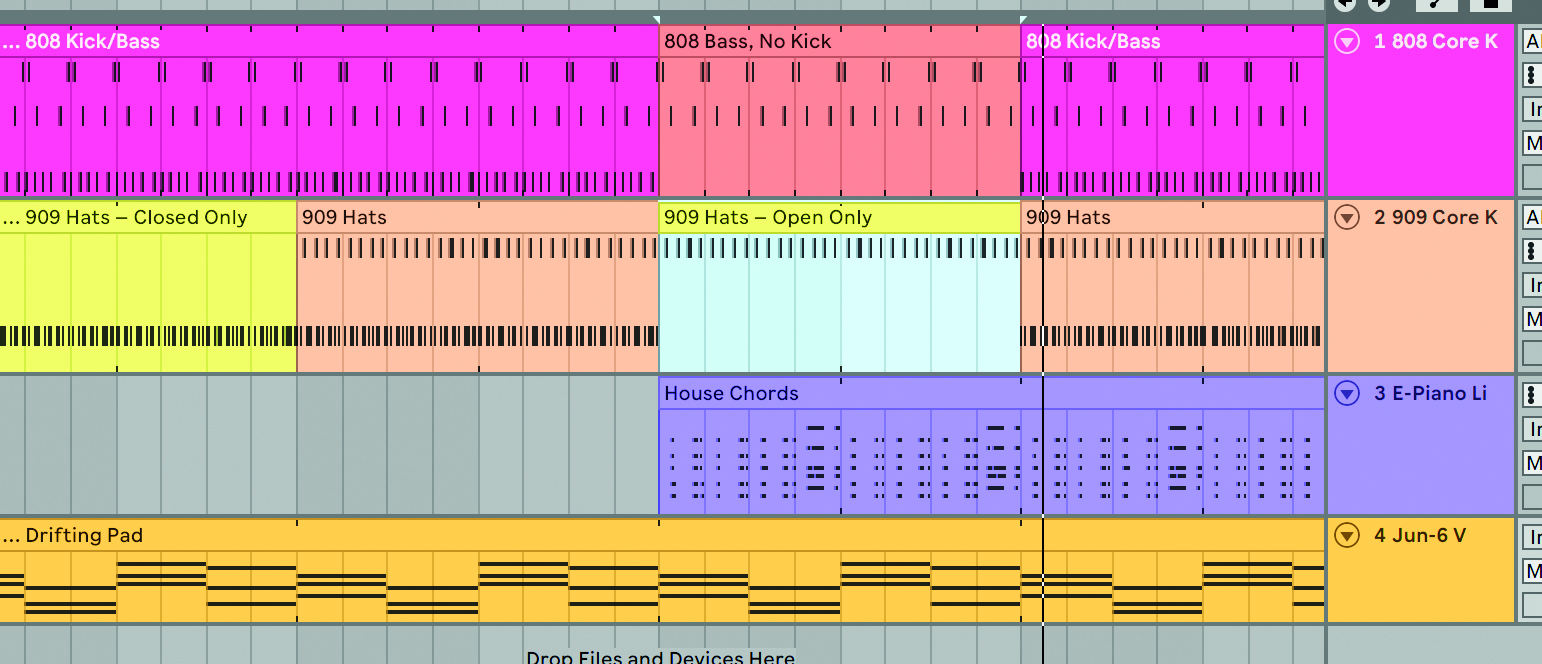Studio hacks: 10 bullet-proof tactics for turning loops into finished tracks
Got a hard-drive full of 8-bar sketches that never quite get finished? Take some cues from our 10 productivity hacks

Do you find it easy to come up with loops and grooves that move you in the studio, but when you try to take those ideas and turn them into full tracks, you just get stuck?
This is a common problem for producers: read on for a handful of tips on how to turn that repetitive loop into an earworm of a track.
1. Arrange with a controller
If you’re using Ableton, Bitwig or Logic Pro, try using your DAW’s “Clip” view to literally jam on your loop with whatever MIDI controller is handy. Assign several key parameters to your controller, set up your DAW so it’s armed to record (double check!) and then turn off or close your computer’s monitor.
When you aren’t relying on visual feedback about your arrangement, you start trusting your ears more and you’ll find yourself making moves that you’d like to hear.
2. Map the journey
Think about the arrangement of your track as akin to a journey with peaks and valleys. The more interesting the journey for the listener (you, in this case), the more memorable your track will be.
If your track is simply one long build up, or one long four-on-the-floor groove, that’s not a very interesting journey from start to finish, and it won’t stick in people’s minds.
3. Get up, stand up
Work on your track standing up. This seems obvious but it really works. You will have an easier time telling when the energy feels right or wrong if you’re able to trust your own body’s reaction to the music.
Get the MusicRadar Newsletter
Want all the hottest music and gear news, reviews, deals, features and more, direct to your inbox? Sign up here.
Working standing up makes it much easier to tell when you’re feeling the energy. Hey, if you’re dancing away in your own studio like no one is watching (luckily no one is!), it’s likely that your track will move other people too.

4. Make notes
Keep a notepad handy so you can write down ideas you think of while you’re jamming. These kinds of reference notes (eg “it’d be good to have the amp’s release mapped”) can help you refine the setup of your MIDI controller so that you’re tweaking the key parameters for your track, whether its elements of your synths, bass, drums, or some combo of all three.
5. Get the details right first
Make sure all the sounds are right before you spend hours trying to arrange your loop into a full track.

When just getting started on a loop or new idea, these small details can seem irrelevant but in the context of a final mix, a badly tuned drum is going to be very obvious.
Before you try to take your loop into a track, are the drums all tuned properly? If there are any vocal samples, are they in tune (and in key) with your other melodic elements? Are your drum samples balanced properly? As they say, the devil really is in the details.
6. Nail the groove
Make sure the main idea of the loop is really grooving and feeling right before you spend time trying to arrange it into a full track. A lot of time can be wasted working on something that doesn’t move you, which is ultimately wasted studio time. Make sure the ideas are solid at the beginning and the end result will stand on its own.
7. Variations on a theme
Don’t be afraid to make a few different versions of the track that explore different tempos, feels, or even genres. Try your idea with other drums by using preset loops to quickly audition other ideas without committing to doing time-consuming drum programming.

8. Shift the kick
Try changing the groove around to add more interest to your arrangement by changing where your kick drum hits occur. If your main loop uses a four-on-the-floor beat, try placing the kick hits on the offbeat in a new B-section of your track.
9. Subtractive arrangement
Once you have the main loop of your track feeling right to you, a quick way to add interest is, ironically, to take something away. We all know that taking away the kick and then bringing it back is the classic arrangement move, but think more broadly. Take out all but the main melodic elements to create a bit of tension.
When you bring back in your bass and drums, the impact will feel monumental. Make sure you wait long enough to bring them back in. Usual amounts are increments of four measures but you can surprise listeners by not adhering to these rules.

10. Hook 'em in!
Add a hook! Sometimes it’s as simple as that. Find a catchy vocal phrase, melodic synth line, sound effect, spoken word snippet or really anything with some movement and find a few key moments to drop it in.
Don’t overdo it, as you want the listener to be surprised when it comes in and for them to crave hearing it again, making them put your track on repeat. If your hook gets overused, it will feel repetitive and the track can take on a saccharine quality.


Future Music is the number one magazine for today's producers. Packed with technique and technology we'll help you make great new music. All-access artist interviews, in-depth gear reviews, essential production tutorials and much more. Every marvellous monthly edition features reliable reviews of the latest and greatest hardware and software technology and techniques, unparalleled advice, in-depth interviews, sensational free samples and so much more to improve the experience and outcome of your music-making.










